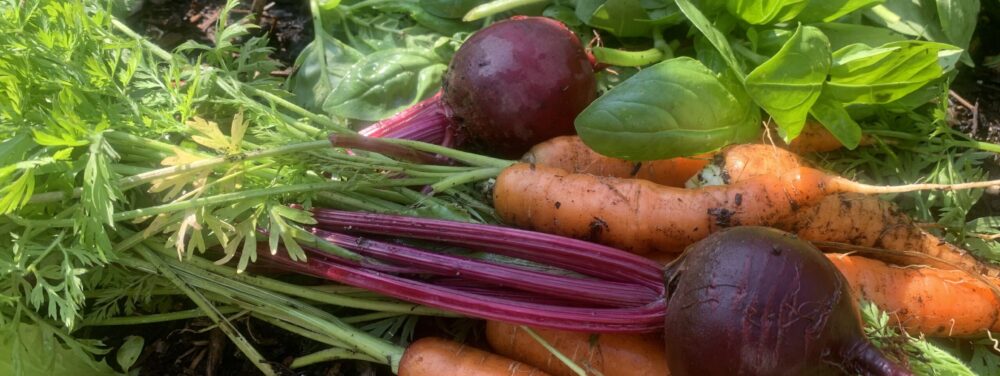Do you want to turn your kitchen scraps and garden waste into nutrient-rich soil? Composting can help. If you’re interested in the basics of composting, and learning how to compost, this post is for you.

What Goes Into A Compost?
A healthy compost needs browns, greens, air, and water. Browns provide your compost with carbon. Greens give nitrogen to your compost. Oxygen and water help the bacteria break down the compost ingredients. To create a healthy compost, balance your ingredients (use about 50% browns and 50% greens) and use only natural ingredients.

What Should You NOT Put In A Compost?
Put only natural foods and garden waste in your compost. Avoid adding meat, dairy, oily foods, diseased plants, and pet waste to your compost. These materials can attract pests, slow down the decomposition process, and spread diseases in your garden.
To stop the spread of weeds, keep weeds with mature seeds out of your compost.

When Should You Water Your Compost?
Your compost pile should be as damp as a wrung-out sponge. If it’s too dry, add water. If your compost is too wet, mix in more browns. The browns will help absorb the extra moisture.
Which Is Better: A Compost Bin Or Compost Pile?
Learning the basics of composting and learning how to compost is easy. Possibly one of the hardest parts is deciding: compost bin or compost pile.
Compost bins are excellent for smaller spaces because they contain the compost and help keep pests out of the compost. Bins also retain heat which helps to break down the compost. Commercially-made bins also have oxygen holes. Remember, oxygen is needed to break down the bacteria.

Compost piles are a more natural, less expensive, and easier way to compost. If you have a yard, find a corner that gets at least 4 hours of sun per day. The hotter your compost pile, the quicker your compost will break down (the more sun the pile gets, the hotter your compost). To help add more oxygen the pile, you can toss the pile about every month.

How And When Should You Use Your Compost?
Your compost is ready to use when it looks like soil. The greens and browns you added will have broken down. If you wish, you can sift the compost to remove any large debris.
Add handfuls or shovelfuls to the base of your vegetable plants, or add a layer of compost to your garden beds. Every spring I add compost to my garden beds, and again as my vegetables grow.
Like I said earlier, the basics of composting and learning how to compost is simple. And rewarding. With little work, your compost turns into free fertilizer for your garden. And as a bonus, composting is good for our planet, too.
Looking to learn more about composting at home? The David Suzuki Foundation can teach you more.


